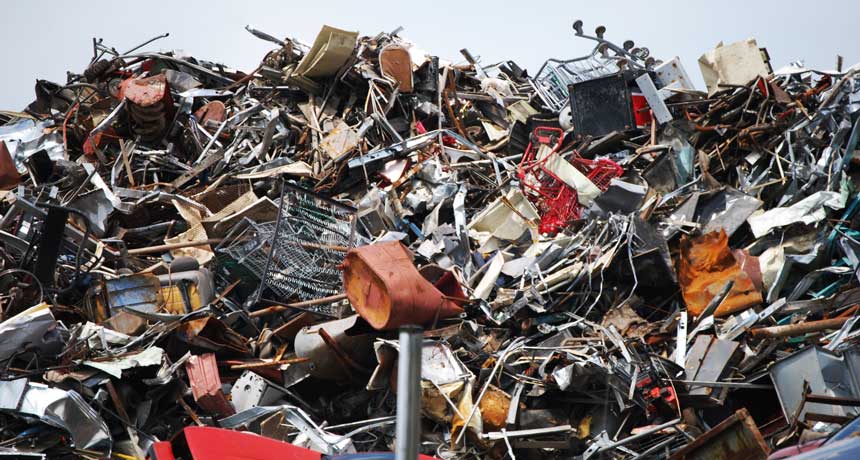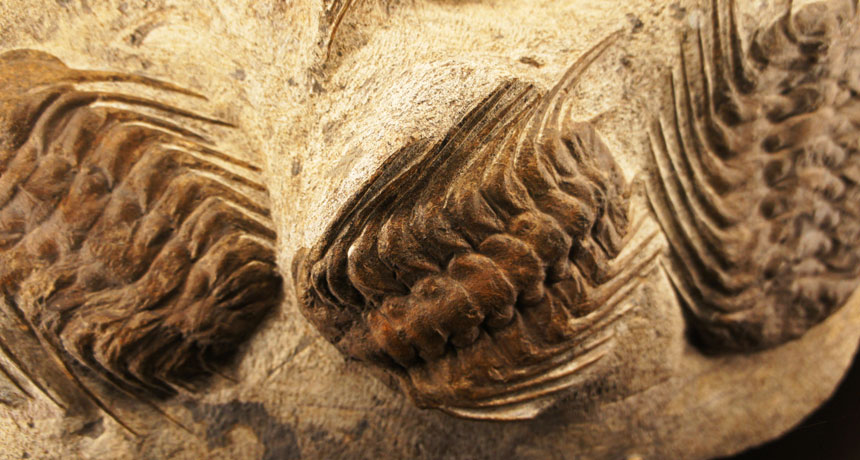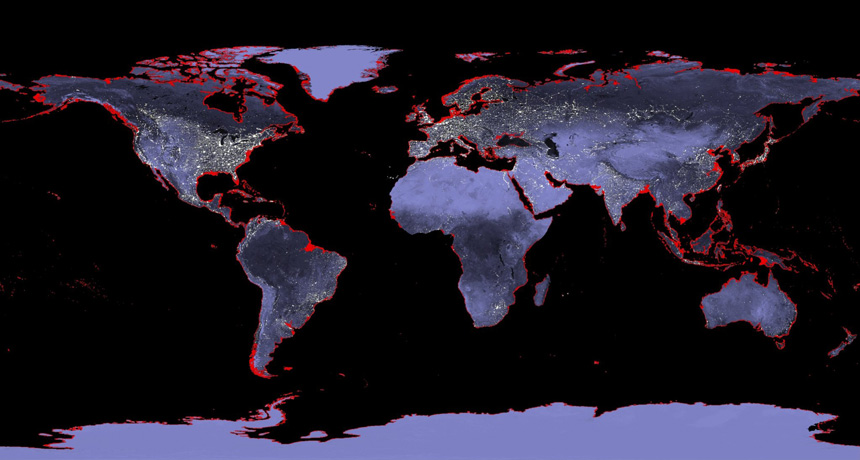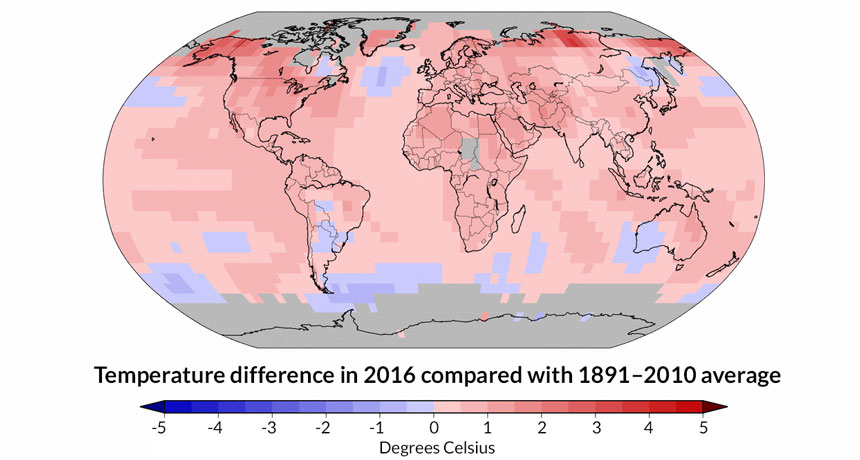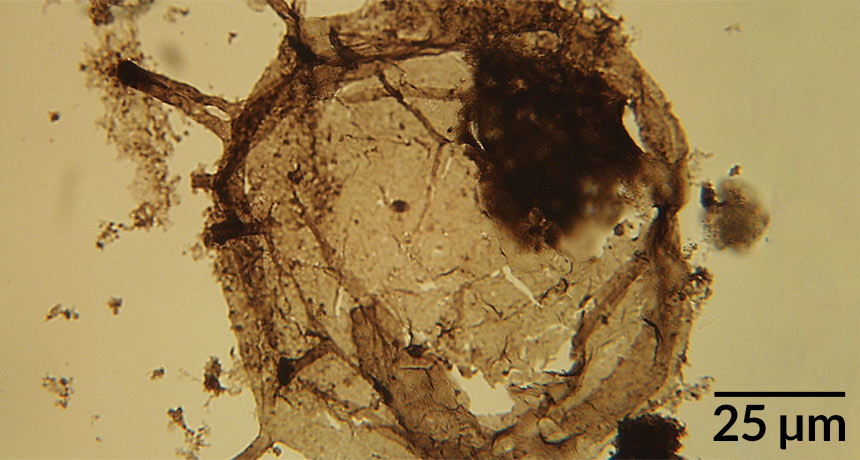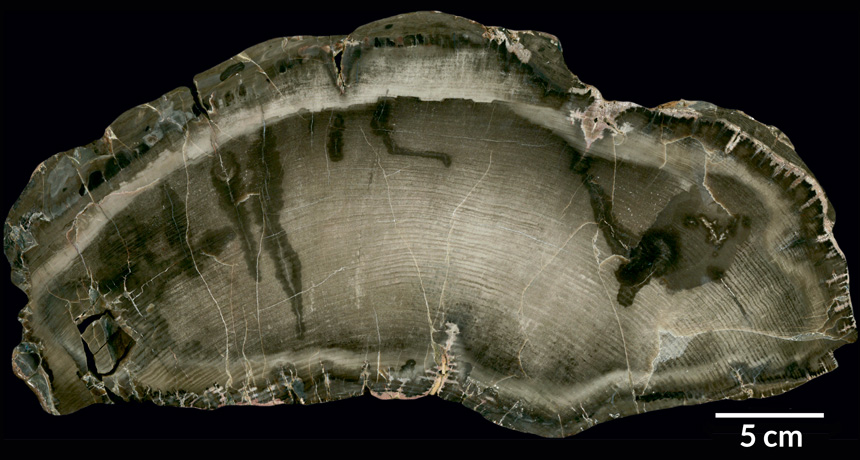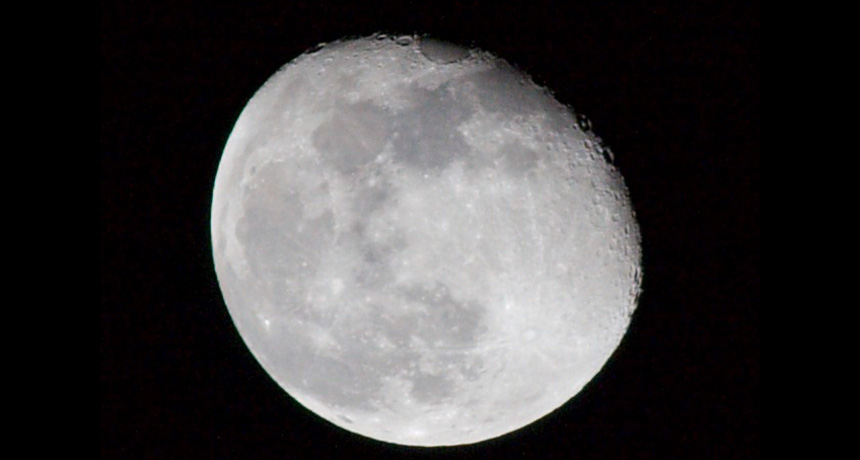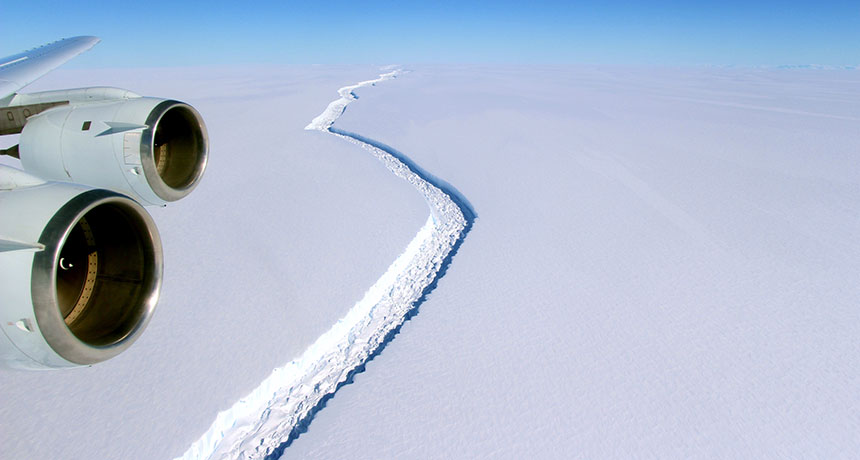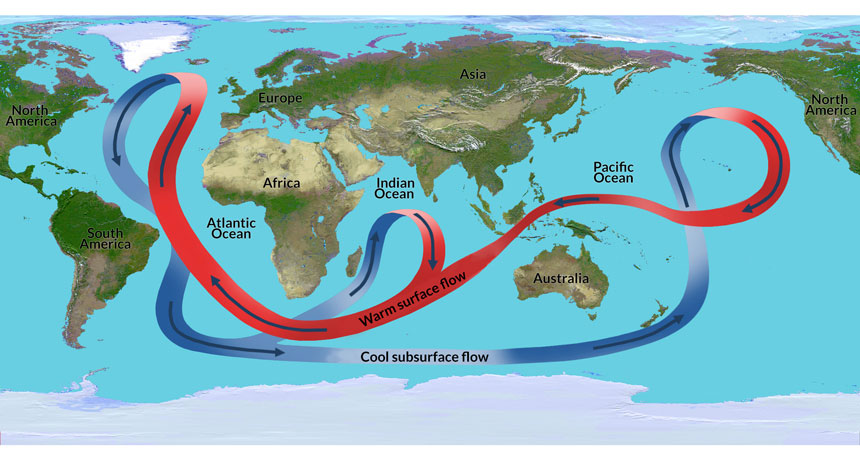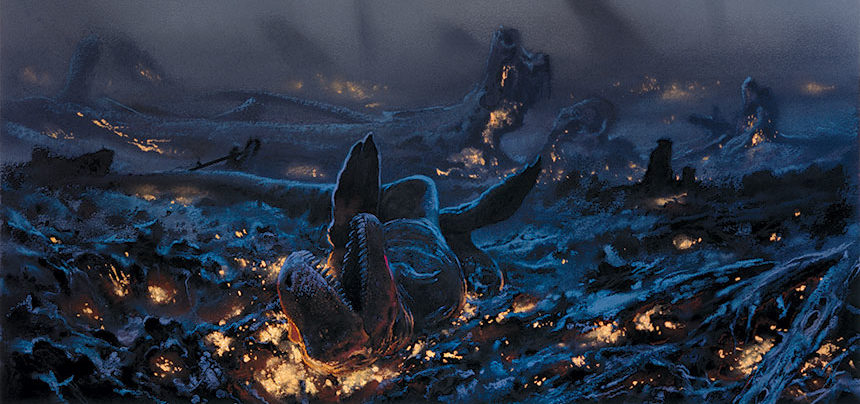
Devastation detectives try to solve dinosaur disappearance
Science News, January 2017Below the shimmering turquoise waters of Mexico’s Yucatán Peninsula lies the scene of a prehistoric mass murder. In a geologic instant, most animal and plant species perished. Drilling through hundreds of meters of rock, investigators have finally reached the footprint left by the accused: Earth’s most notorious space rock impact, Chicxulub. The dinosaur killer.
A feature article about new clues about the apocalyptic final days of the dinosaurs, including the first direct victims of the Chicxulub impact. Lead feature in a special issue on the K-Pg extinction. Cover story of issue. Adapted for Science News for Students. The special issue co-won the 2017 Eddie award for full-issue consumer magazine in science or technology.
